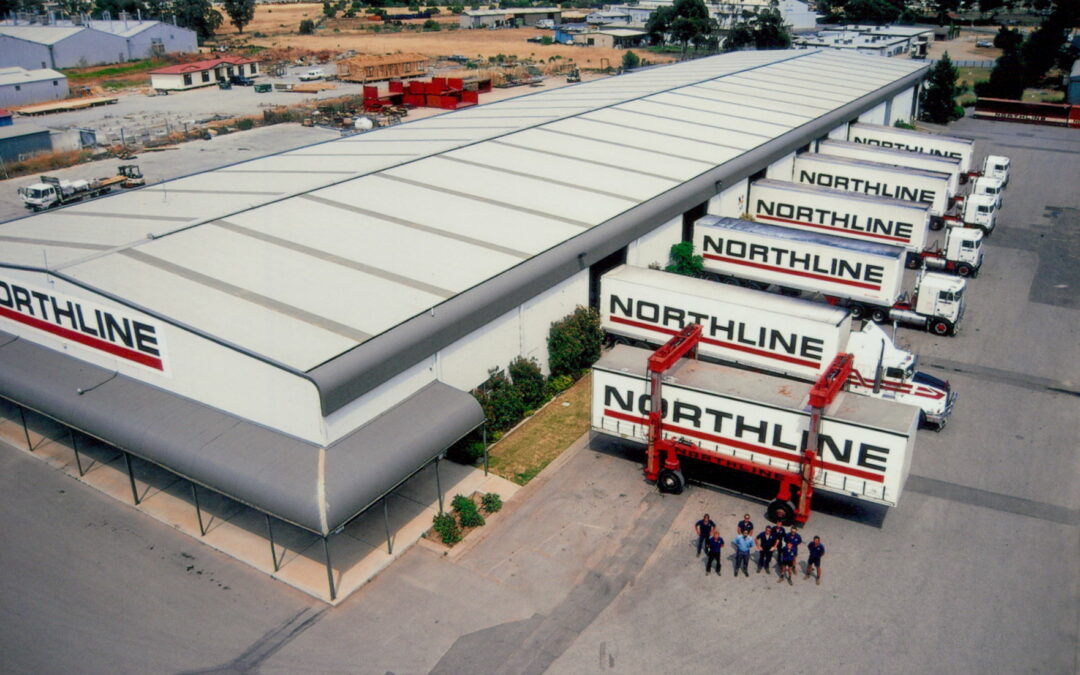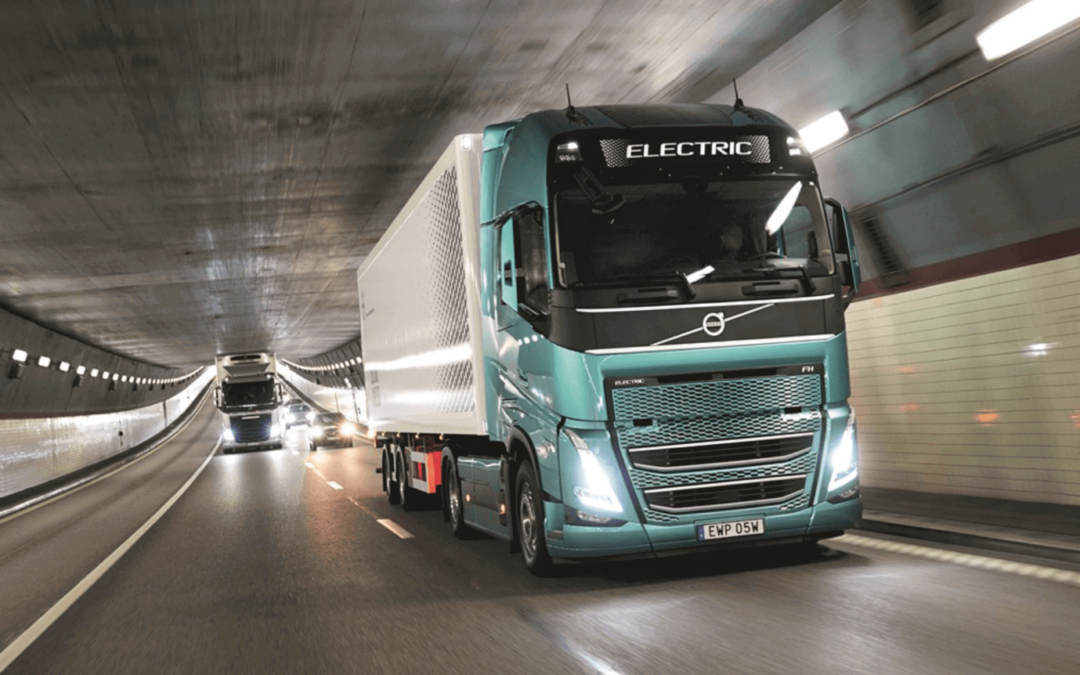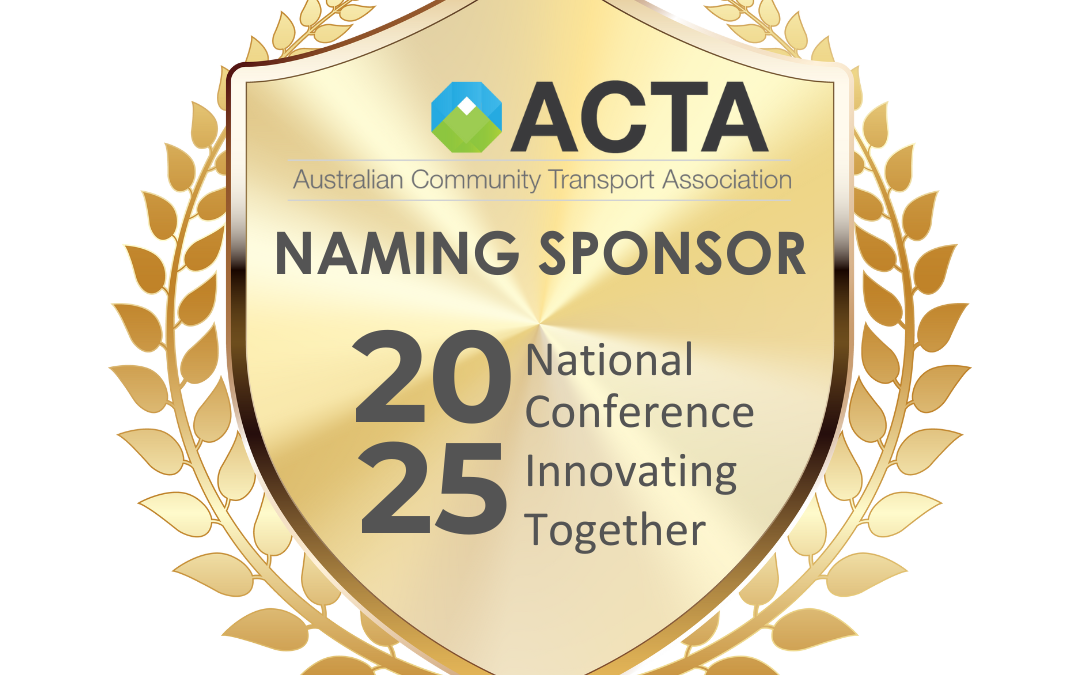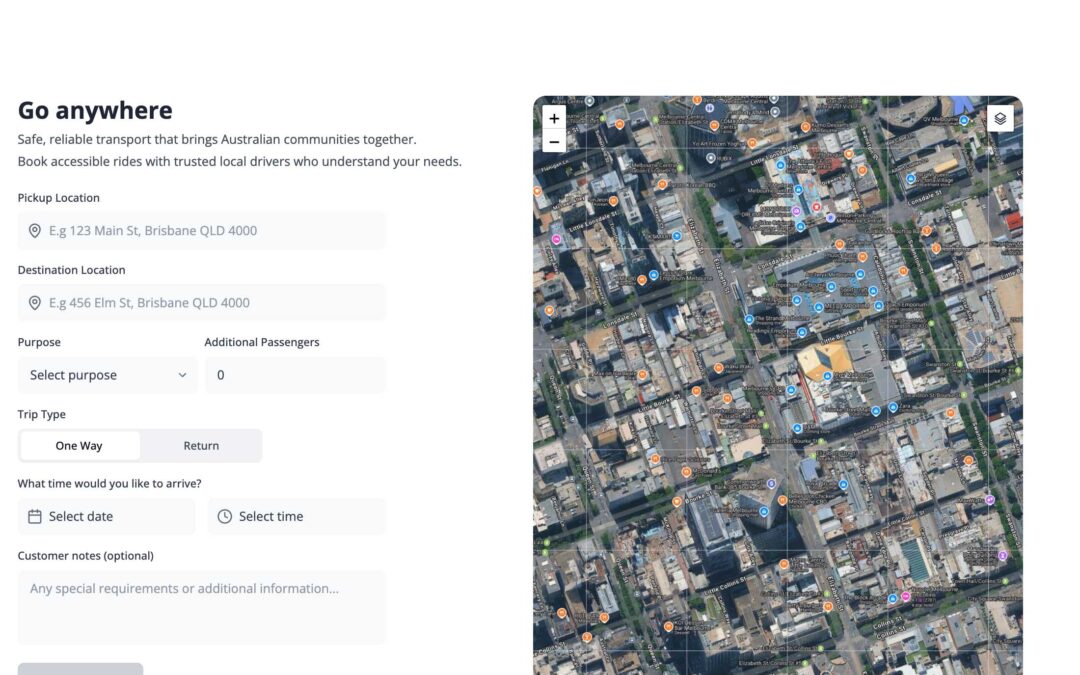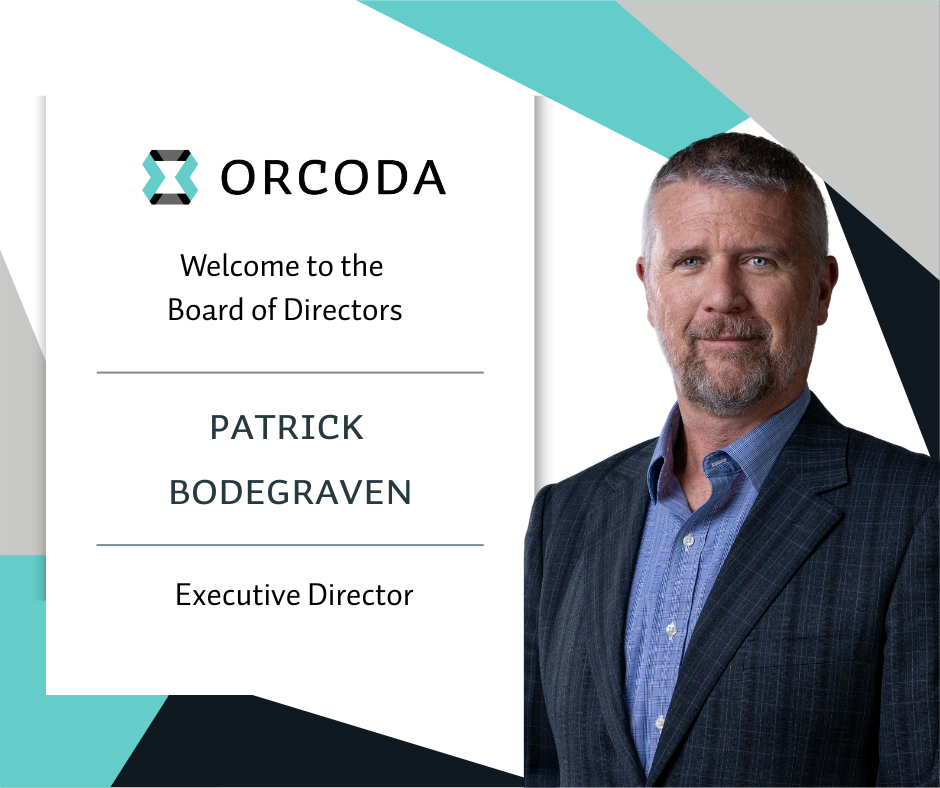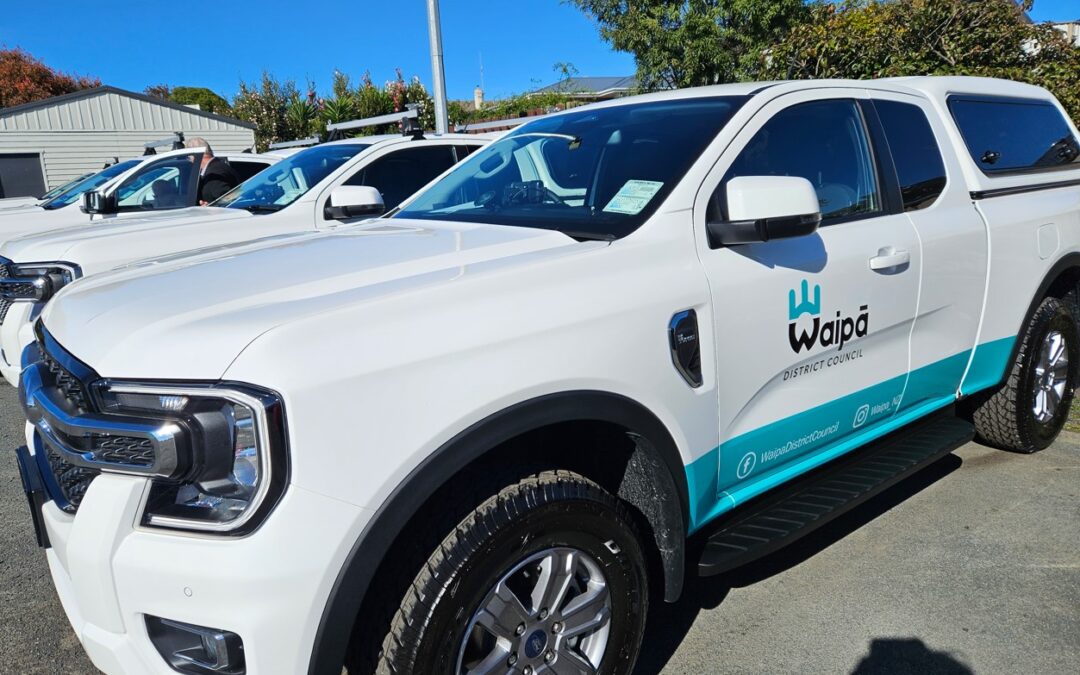Summary
- Orcoda Limited (ASX:ODA) is progressing well with the Mt Buller and Mt Stirling Resort Management Board contract.
- The Company has met several KPIs for the 2020 snow season through an Exceptional Circumstances Transport Variation Agreement amounting to $654,000.
- Orcoda is shortly expecting to receive the final 2020 payments from the agreement.
- A bespoke development plan remains underway in the off season to further automate and improve the processes for 2021.
- Orcoda has a recognised history of successfully handling high-volume transport needs with long-term clients, using the best efficiency and optimisation software.
Leading Australian logistics solution provider, Orcoda Limited (ASX:ODA) has a proven history of effectively managing high volume transport service needs. The Company believes that its expertise in business efficiency and optimisation of processes will be well demonstrated for its recent client, The Mt Buller and Mt Stirling Resort Management Board.
Orcoda is making significant developments with the Mt Buller and Mt Stirling Resort Management Board deal, with robust planning underway for the near-term.
To Read more on the resilient September Quarter report of Orcoda , CLICK HERE.
Latest Developments: Mt Buller and Mt Stirling Resort Management Board
Orcoda began the 2020 season with The Mt Buller and Mt Stirling Resort Management Board, expecting a very distinct season ahead.

To Read more on the solutions of Orcoda Limited, CLICK HERE.
Orcoda had to abide by agile planning, monitoring, and re-planning of resources and operations, owing to the changing state government restrictions associated with coronavirus. Naturally, providing guest transport services and rideshare services was a challenge during the season.
Despite the COVID-19 disruptions, the Company’s guest transport services management team worked closely with a major supplier, Busfleet Australia to get the Mt Buller and Mt Stirling Resort Management Board project started in a short time frame. Besides, communication with the client and Busfleet Australia was critical to keeping things moving.
The Company’s and Busfleet Australia’s teams were regularly monitoring ski field circumstances, reservation activities and government advice to offer the right size service to resort’s guests for the entire season.
Exceptional Circumstances Transport Variation Agreement
Orcoda and the Mt Buller and Mt Stirling Resort Management Board signed an Exceptional Circumstances Transport Variation Agreement, owing to COVID-19 influence on visitation. This stemmed a number of KPIs to be met.
Impressively, Orcoda has finally completed the KPI task and is expecting to receive the final portion of the $654,000 payment for the 2020 snow season.
Way Forward
Orcoda further informed that while developments have been fostering well, the future seems action-packed too. A bespoke development plan remains underway in the off season. This may further propel the automation and improvement of processes for 2021.
The near-term plan suggests that the Company is on the right trajectory to fulfil its commitments for the Mt Buller and Mt Stirling Resort Management Board 9 year contract. This further demonstrates that Orcoda is continuing to manage high volume transport services effectively.
GOOD READ: Objectives, Milestones and Outlook
Managing Director Geoff Jamieson says-


Deal Overview: Mt Buller and Mt Stirling Resort Management Board
Orcoda’s wholly owned subsidiary Resource Connect Logistics signed a long-term nine-year contract, including five-year term plus two additional two-year options, with the Mt Buller and Mt Stirling Resort Management Board. The contract was signed in early June 2020, perfectly timed as the ski season officially began on 22 June.
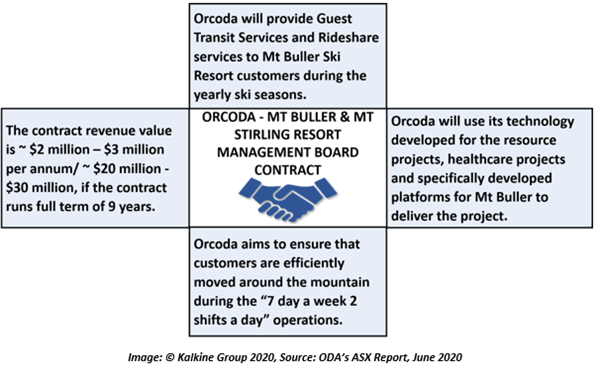
Orcoda shares were trading at $ 0.15 on 27 October 2020 (2:41 PM AEST).

